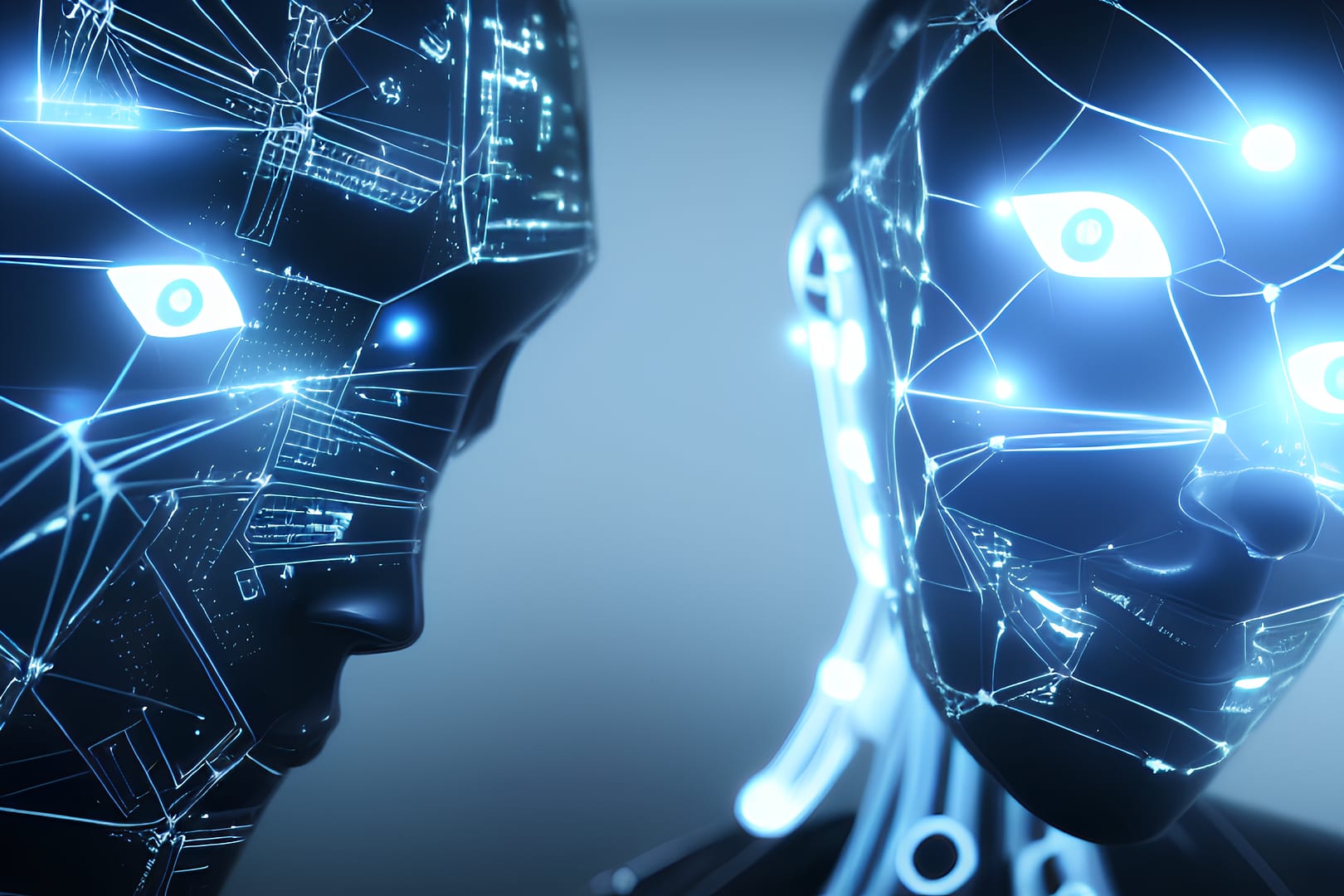Artificial intelligence (AI) is a rapidly growing field that has the potential to change the way we live and work. From self-driving cars to virtual assistants, AI is already starting to make its mark on the world. But what exactly is AI and how does it work? AI can be divided into various subfields, such as machine learning and natural language processing, and it can be classified into types such as narrow or general AI.
Table of Contents
Overview of AI
At its core, artificial intelligence is the study of how computers can be designed to perform tasks that typically require human-like intelligence, such as learning, problem-solving, and decision-making. This involves developing algorithms and models that can analyze and process data, and make predictions or decisions based on that data. AI has the potential to revolutionize a wide range of industries, including healthcare, finance, and transportation, by automating tasks and enabling more efficient and effective decision-making.
Subfields of AI
There are several subfields of artificial intelligence, each with its own focus and applications. Some of the key subfields of AI include:
- Machine learning: This subfield involves the development of algorithms and models that can learn from data and improve their performance over time. Machine learning is used in a wide range of applications, including image and speech recognition, predictive analytics, and natural language processing (NLP).
- Computer vision: This subfield focuses on the development of algorithms and systems that can interpret and understand visual data, such as images and videos. Applications of computer vision include facial recognition, object detection, and autonomous vehicles.
- Natural language processing (NLP): This subfield involves the development of algorithms and systems that can understand, interpret, and generate human language. NLP is used in applications such as language translation, text analysis, and chatbots.
- Robotics: This subfield involves the development of robots and systems that can perform tasks in the physical world, such as manufacturing, assembly, and exploration
Types of Artificial Intelligence
There are three main categories of artificial intelligence, each with its own unique characteristics and capabilities. These categories are narrow AI, general AI, and superintelligent AI.
- Narrow AI: Narrow AI, also known as weak or specialized AI, is designed to perform specific tasks and is trained to do so by learning from a large dataset. It is often used in applications like language translation, image recognition, and predictive analytics. Narrow AI systems are limited in their capabilities and can only perform tasks within their specific domain of expertise.
- General AI: General AI, also known as strong or artificial general intelligence, is designed to be able to perform any intellectual task a human can. While it is still a goal in the field of AI, it is not clear when or if it will be achieved.
- Superintelligent AI: Superintelligent AI, also known as artificial superintelligence, is significantly more intelligent than the best human minds in every field. While it is purely theoretical and its potential risks and dangers are unknown, it could have significant implications for society and the future if achieved.
Conclusion
In conclusion, artificial intelligence is a rapidly growing field with a wide range of subfields and applications. From machine learning to natural language processing, AI has the potential to revolutionize various industries and increase the efficiency and effectiveness of tasks. As AI technology continues to progress, we can anticipate even more exciting developments and the potential for deeper exploration of its capabilities.



